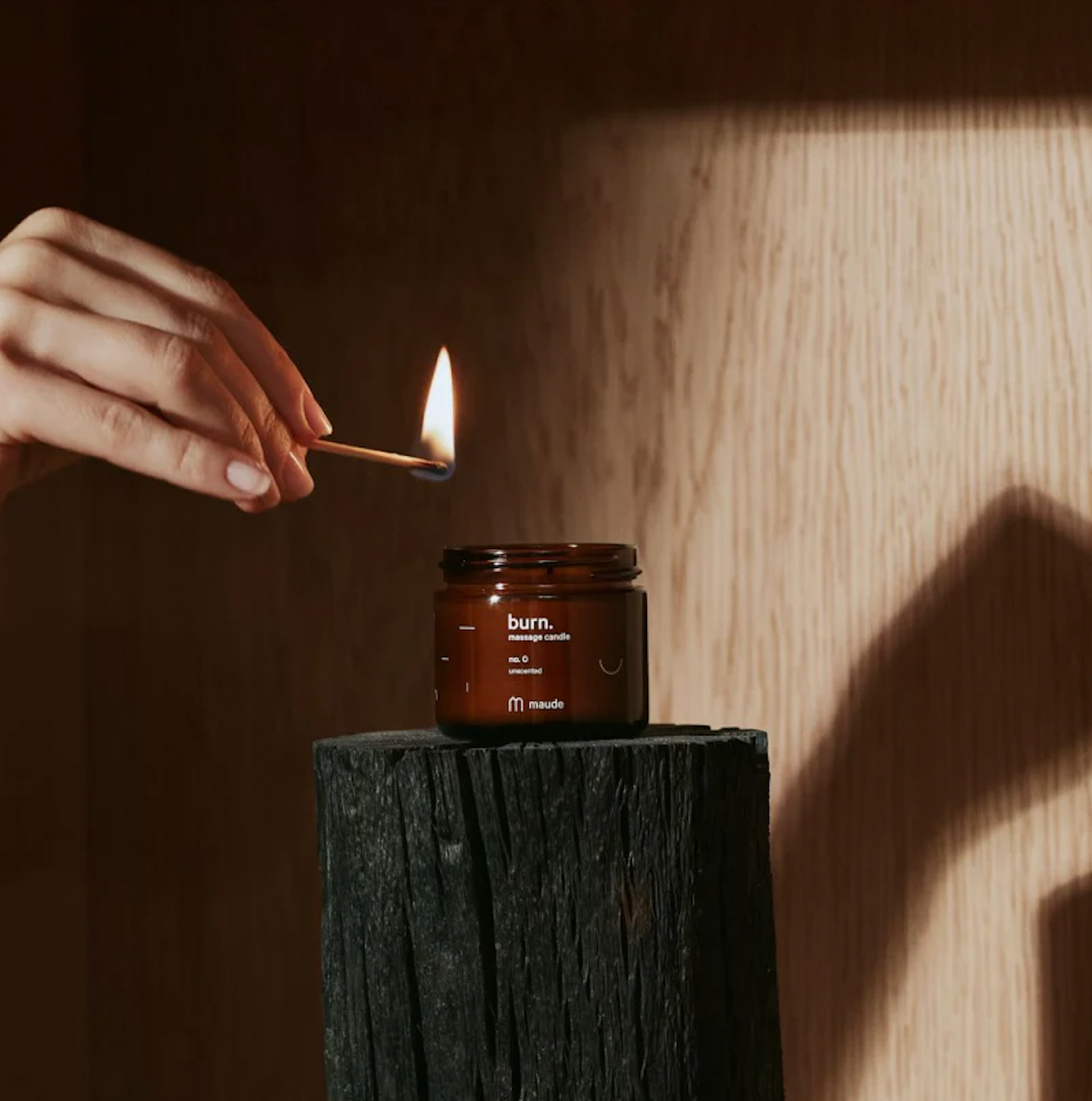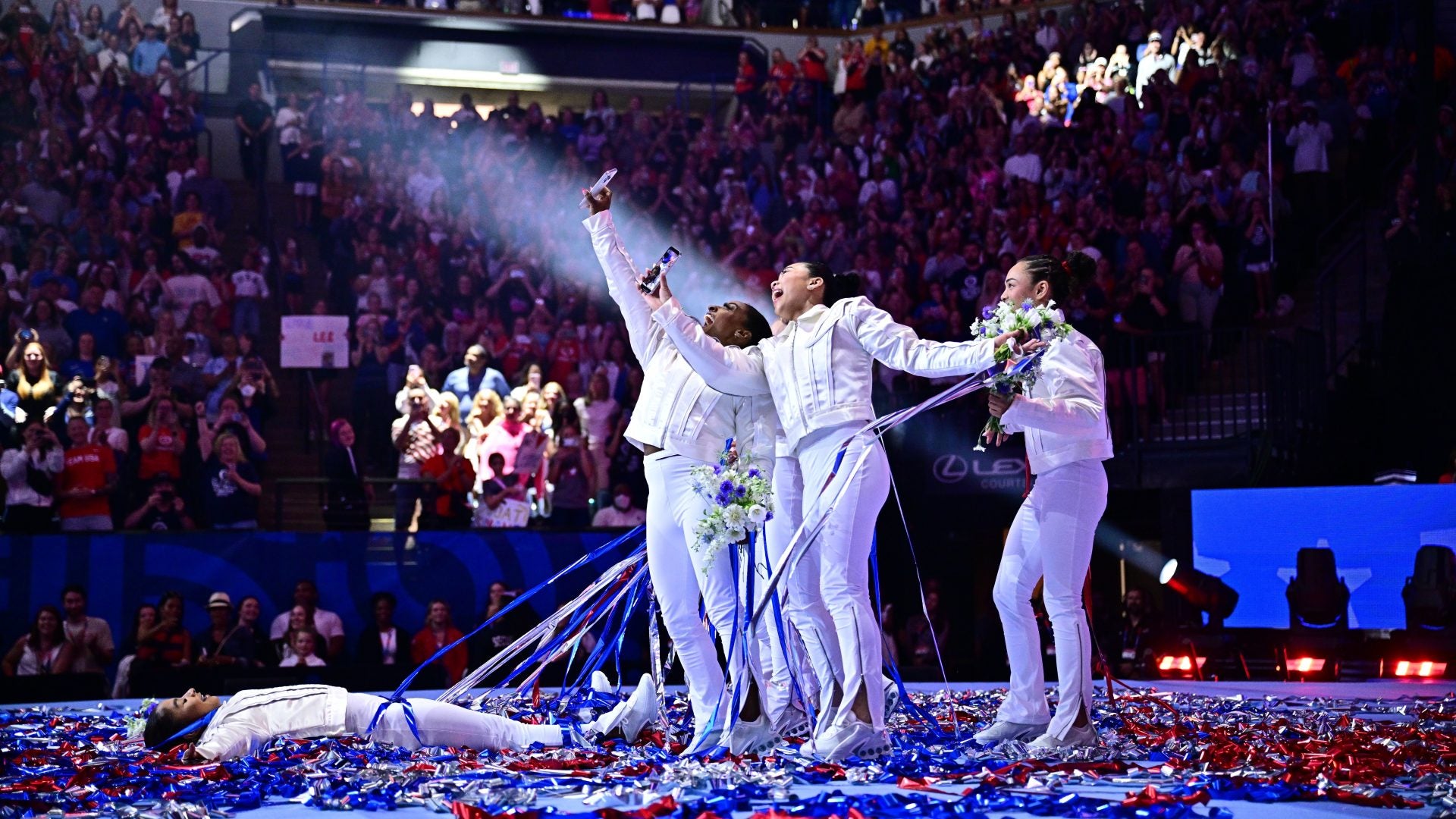
Over nearly ten days of qualifying trials, the best gymnasts in the country were evaluated in vault, bars, beam, and floor events. These trials determined who would compete in the upcoming 2024 Summer Olympics, and all competitive categories were under scrutiny as they represent one of the oldest sports at the intersection of art and athleticism.
When Paris won the bid to host the 2024 games, it promised the “most sustainable Olympics ever,” aiming to cut carbon emissions by more than half compared to previous Games in London and Rio. This tall commitment from the City of Lights involves the introduction of new practices to Olympic programming and may be creating a precedent for affiliated sporting organizations to try doing things differently. For global gymnastics contenders Simone Biles, Sunisa Lee, Jordan Chiles, Jade Carey, and Hezley Rivera (the team’s promising first-time Olympic competitor), this promise of change exudes from raw individual talent coupled with a shared combination of energy and style. At present, this team is the most decorated cohort in USA Gymnastics Olympic Trials history.
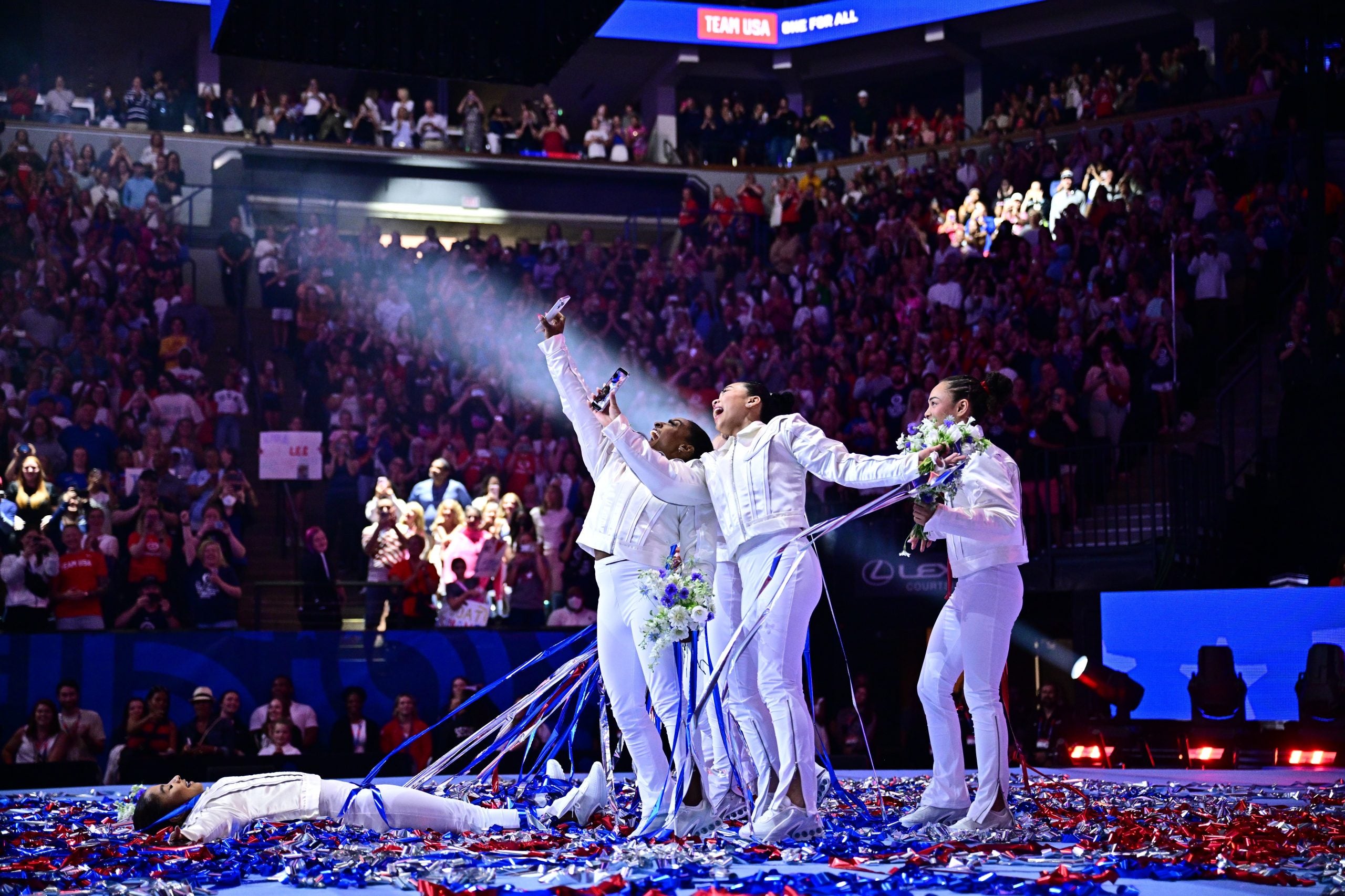
Nike has one of the most enduring relationships with the Olympic Games and in the world of sports at large, providing essential sponsorship, visibility, and career-building resources to athletes. There is perhaps no better place to bring attention to their impact than on Paris’ world stage. When the organization’s leadership learned that the forthcoming U.S. team could potentially be its most diverse to date, Nike wanted to take an additional step to commemorate 2024’s specialness. So, in partnership with USA Gymnastics (USAG), Nike collaborated with fashion designer Sami Miro—an eco-conscious designer and former Junior Olympic gymnast herself—to create custom jackets to be gifted to the final USAG Women’s Gymnastics team.
Miro designed an off-white satin-effect jacket with exposed stitching and embossed logos of the Nike check and the Olympic torch. The multihyphenate designer says that during her ideation process, she reviewed historical motifs of female strength in the sporting world, such as the Goddess of Victory. What she repeatedly found was that clothing was an asset to communicate versatility of skill, and she wanted to amplify that same idea through her design for the USA Gymnastics Olympic team.
“I have several signature design aesthetics,” Miro tells ESSENCE, reflecting on her design catalog dating to her 2014 line of bespoke reconstructed denim pieces. “One of those elements is the open seam detailing that you’ll find from my shirts to my dresses. It’s kind of like a heavy throughline that you can find in the leather open seams here,” she says, gesturing to a sample of the jacket on a mannequin behind her. The lines and crop of the jacket offer a more structural take on the Goddess of Victory’s flowing toga, recreating similar movement in the curvature and silhouette by utilizing different shapes.
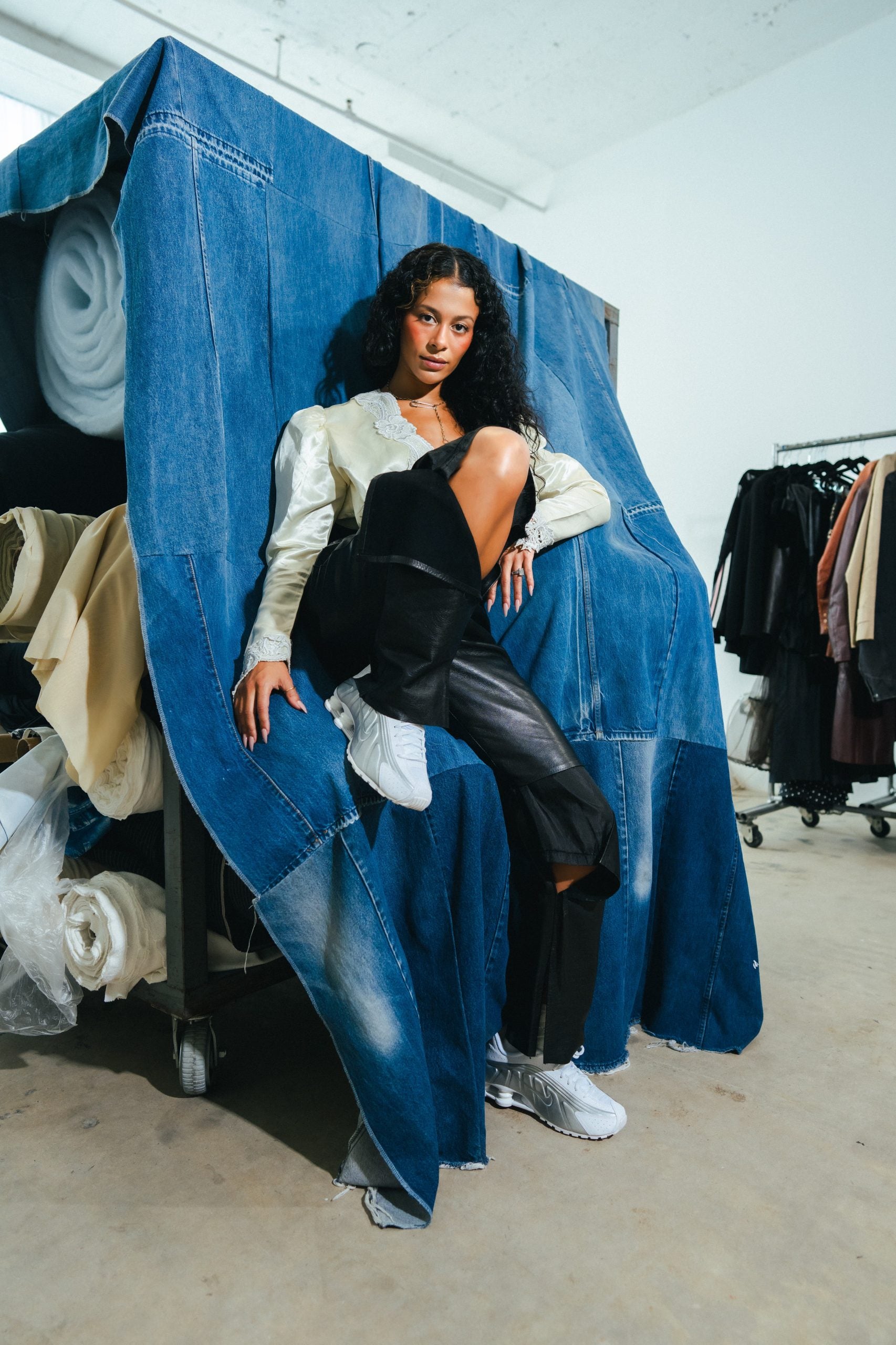
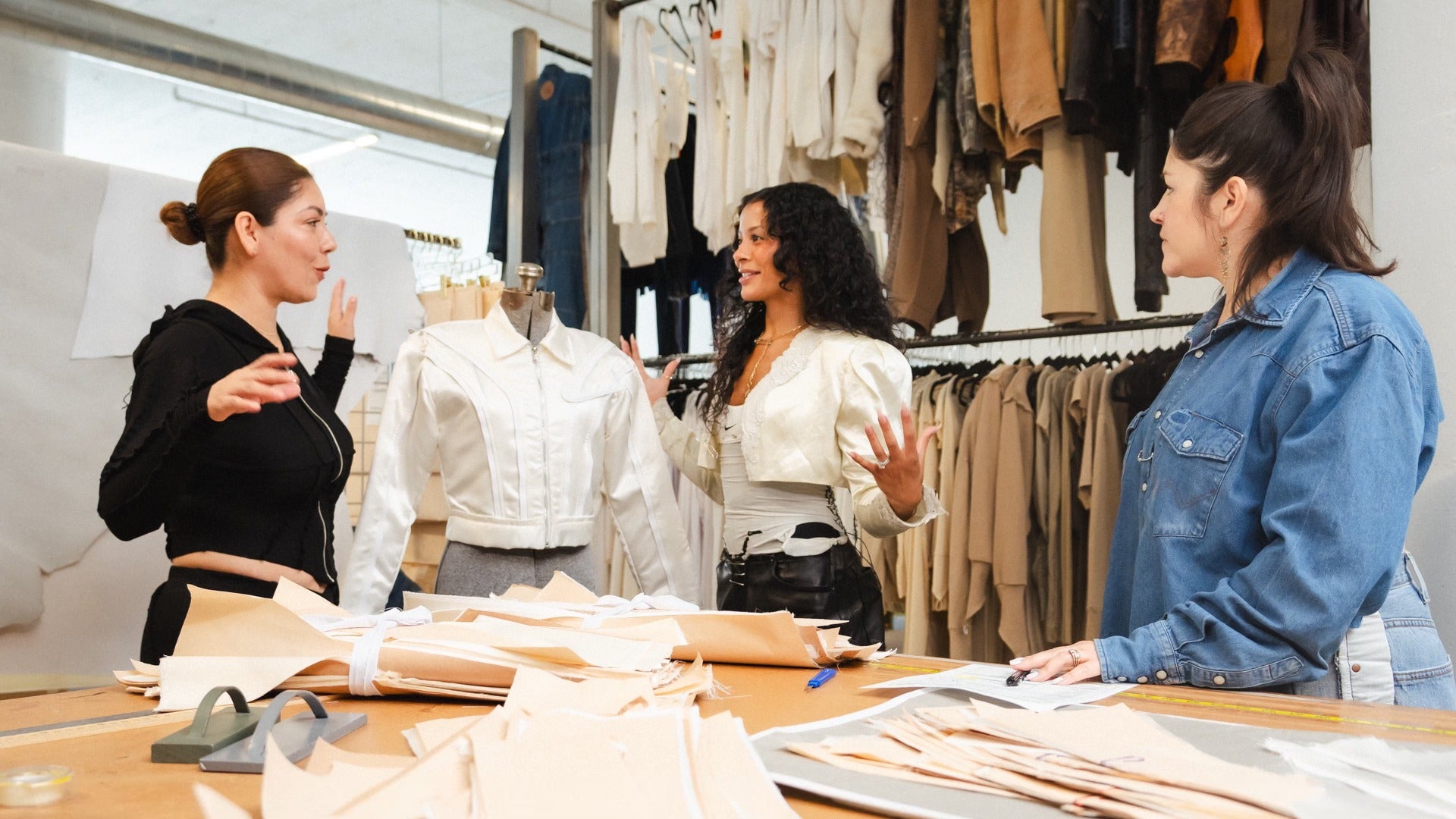
“I also, of course, wanted to keep a sporty silhouette, and not just go too far off and have it really make sense for what this is, but also to create something beautiful using white as a monochromatic silhouette that you’ll see through the whole outfits that the girls are wearing,” Miro continues. Jackets will be given to all members of the USA Women’s gymnastics team across all disciplines, seven artistic athletes, two trampolines, and one rhythmic.
In addition to designing the jacket, Sami styled the gymnasts’ full Nike look, matching the outer layer with a belted cutout pant from the Spring 2024 Nike x Jacquemus capsule collection. The full look pairs a referential fashion past with a tonally futuristic present, nodding to early 2000s elements of Afrofuturism visible in popular Y2K-style music videos, commercials, and films. The full mise-en-scene of Biles, Lee, Chiles, Carey, and Rivera wearing their final look beneath a cascade of red, white, and blue confetti communicated a distinct narrative from Minneapolis’ central arena where the games were held. It will surely take on even greater meaning if and when this moment is recreated in Paris.
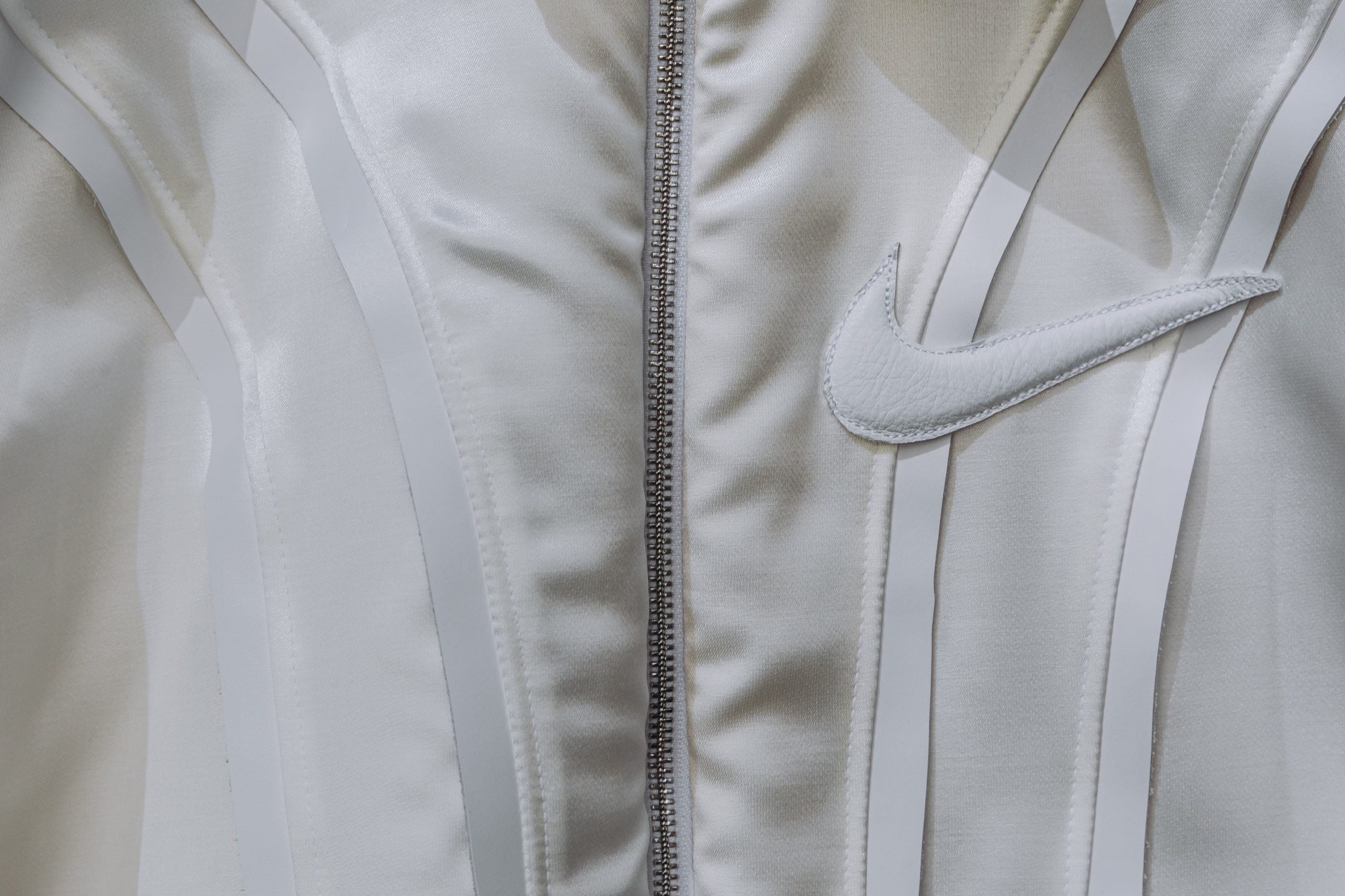
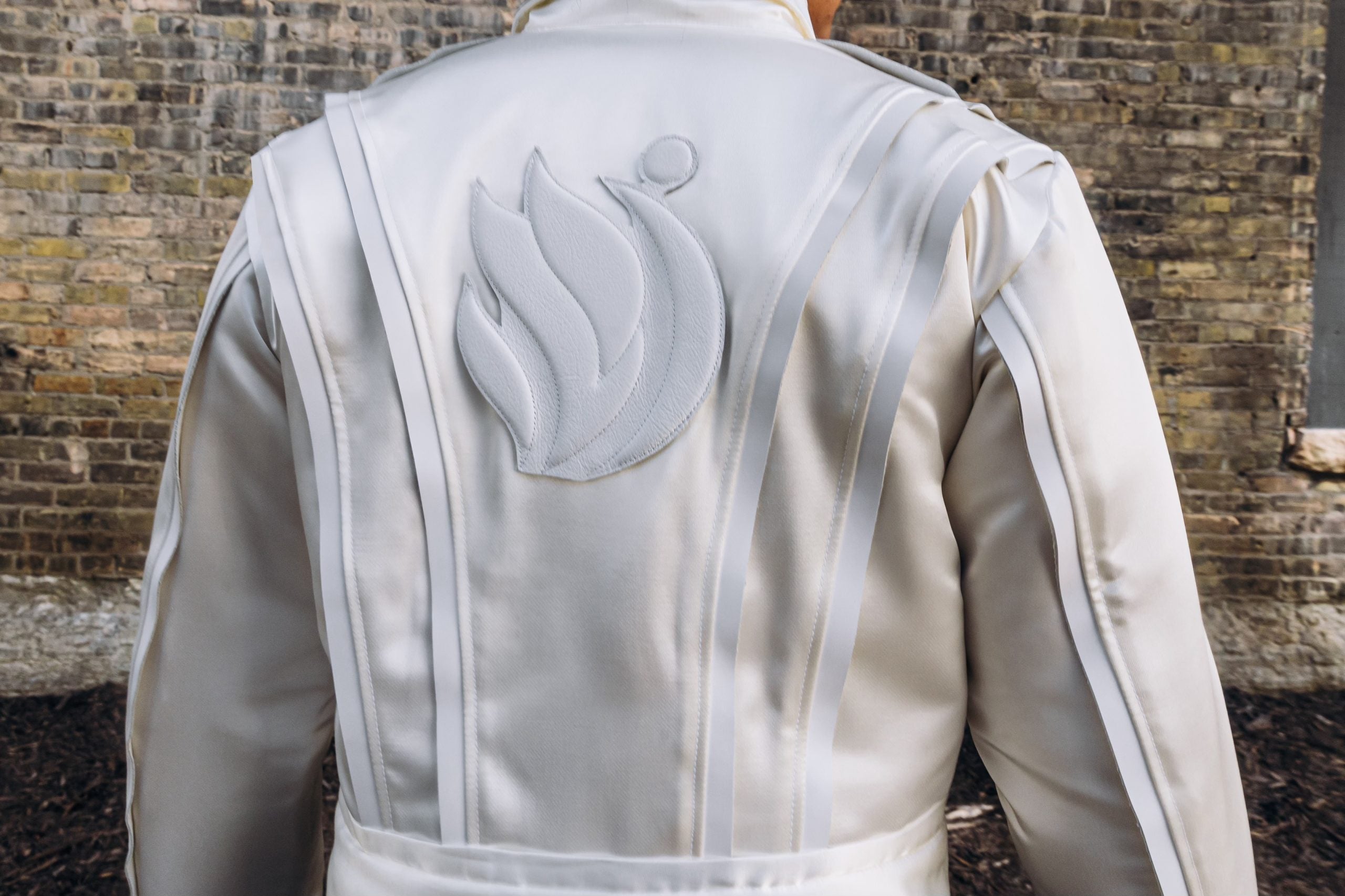
Typically, the USA Gymnastic team travels in a traditional tracksuit, a classic Americana take on athleisure and sporty fashion. However, in many areas having to do with the competitors’ appearance and dress code, the ruling sports committees are slowly allowing the gymnasts to express themselves more freely, making changes to policies around how hair and makeup can be worn during competitions.
On the Today Show, two-time Olympic medalist and NBC Sports analyst Laurie Hernandez explained the resilience that these athletes hold in their journey to dominate their sport. As any champion at that level intimately knows, gymnastics is a highly technical sport wrought with scrutiny across verticals. The intensity of training and competition, coupled with the heightened visibility of national and international showmanship can take a toll on anybody, but especially on such young people. As recently as last year, 2020 Silver-medal winner and UCLA powerhouse Jordan Chiles was considering quitting gymnastics altogether. The 23-year-old Olympic medalist, known affectionately as “That Girl,” for her love of Beyoncé and her unforgettable performance style, has been on the receiving end of unfair criticism for years, receiving attacks on anything from the state of her natural hair to her skin complexion and her unabashed embrace of Black culture.
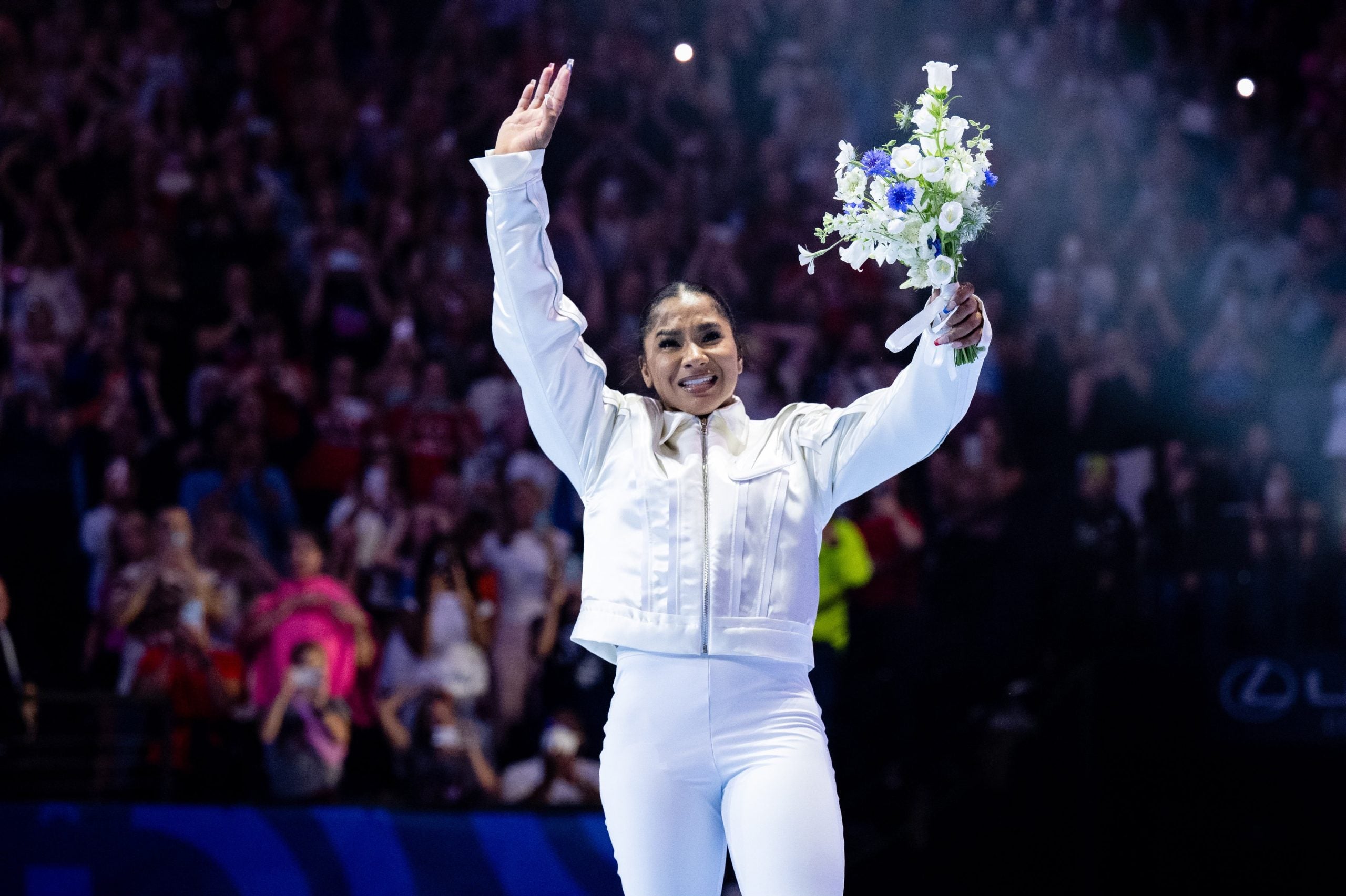
In an interview with NBC, Chiles discussed the impact of being so underrepresented in a sport she loves. “I wanted to be done,” she said on the ‘My New Favorite Olympian’ podcast, “because I didn’t think … the sport wanted me.” According to most recent NCAA data, just 8% of female NCAA gymnasts are Black and just 7% of gymnastics head coaches are Black. Through organizations like Brown Girls Do Gymnastics, Jordan Chiles helps facilitate partnerships with historically Black colleges and universities and sporting organizations to help them cultivate talent. Despite the challenges she still faces as a Black woman in a highly competitive and dangerous sport, the young star is using her platform to show her peers as well as the next generation that they belong wherever they want to. Not even a full day after winning the opportunity to contend for Olympic Gold, Jordan is as down to earth as ever. When asked what she most looked forward to about her Sunday evening—the night of the Olympic trials championship, she replied, “watching the BET Awards on my phone.”

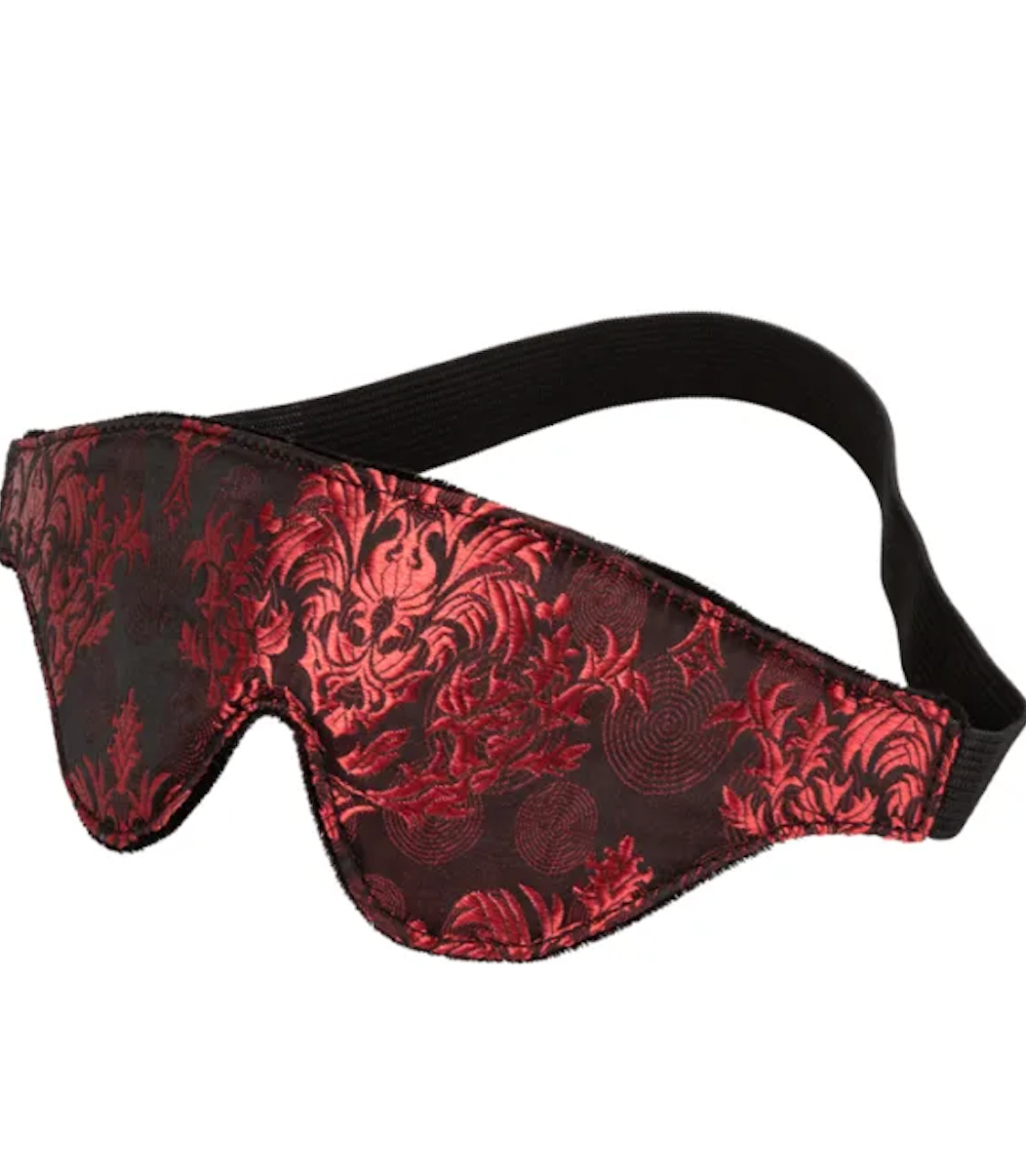
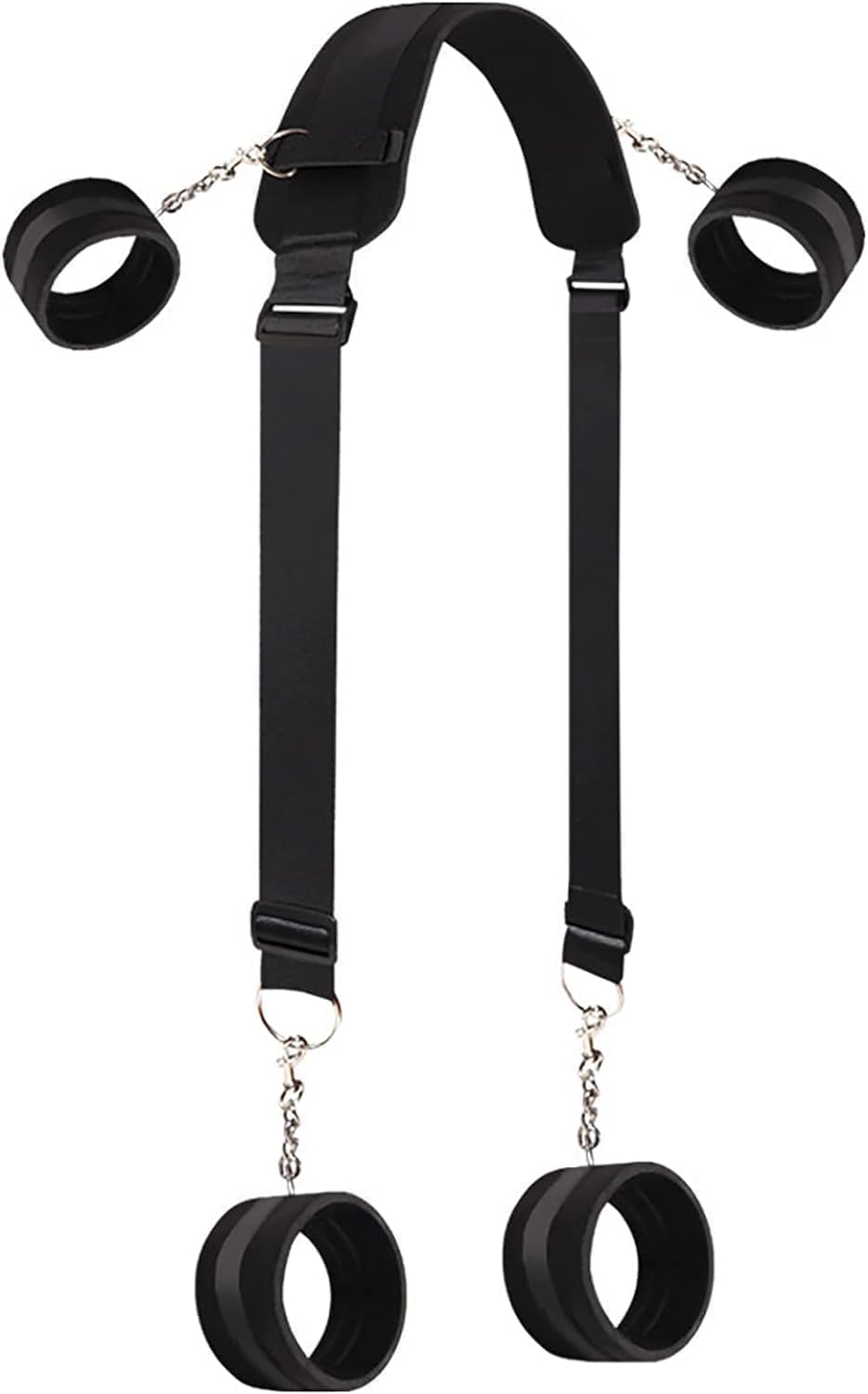




Simone Biles, Sunisa Lee, Jordan Chiles, Jade Carey, and Hezley Rivera shine as embodiments of strength, resilience and inspiration. Through their example, they honor the long legacy of athletes—particularly marginalized and underrepresented athletes—who make their dreams real and continue to inspire future dreamers. Nike is one of many institutional voices using their resources to amplify the voice of the athlete, and by engaging the creative community more directly, is able to create new ways to bring attention to their athletes’ messaging on global issues. Representatives of Nike shared that they continue their commitment to “not just growing the game for women and girls, but also making it better.”
The Paris 2024 Olympics are deeply engaged with cultural intersections of art and sport. In addition to platforming measures for radical eco-consciousness (cardboard beds anyone?), the games and their associated Cultural Olympiad will engage in serious dialogue about what it means to champion inclusivity and unity truly. For young female gymnasts, participating in an event that promotes such values underscores the importance of their roles as athletes and cultural ambassadors.
This will be Paris’ third time hosting the games, and there appears to be an urgent prioritization of utilizing its legacy as a historic global city to create a visually and dialectically engaging backdrop to the serious conversations that the Olympics extend to global audiences. As Simone Biles, Sunisa Lee, Jordan Chiles, Jade Carey, and Hezley Rivera travel in their custom Sami Miro off-white ensembles, they will integrate their narratives into the continuous story of what makes the U.S.A. Gymnastics team and the communities they represent so resonant at local, national, and international levels.
